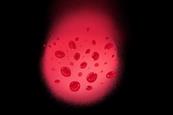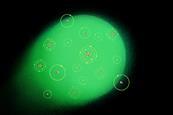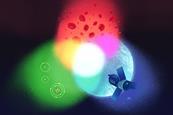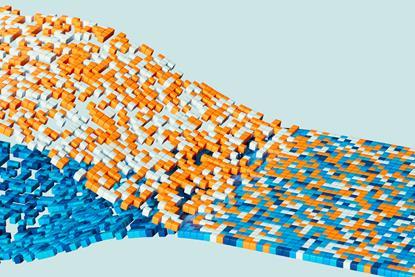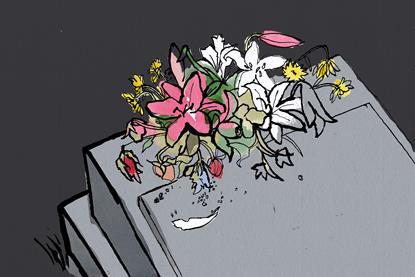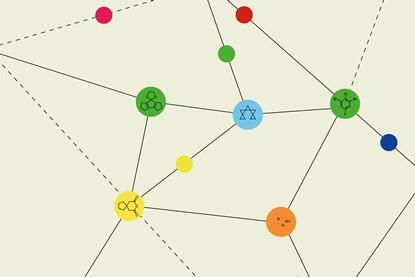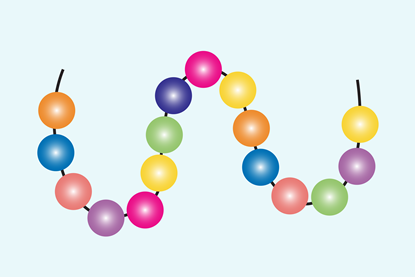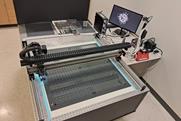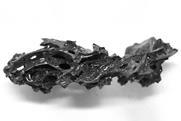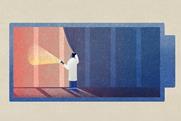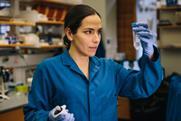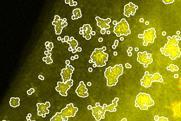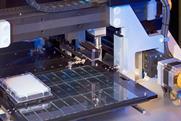The future of analytical chemistry
We’re looking ahead to the future of analytical chemistry, from monitoring the planet from satellites, diagnosing cancer quickly and easily from small blood samples, to where the discipline itself is heading. And with a century and half passing since the Society of Public Analysts was founded, what does the future hold for this important role?
How satellite remote sensing is enhancing our understanding of Earth
Instruments in space have studied the planet’s atmosphere and surface, and are now being joined by powerful new ones, finds Andy Extance
Blood biopsies for cancer
Testing small amounts of blood for the presence of disease markers could revolutionise how we detect cancer. Clare Sansom reports
Analysing a chemist’s wish-list
Analytical techniques have come a long way, but what does the future hold? Rachel Brazil asks the experts what they’d like to see
Why we need public analysts
As the Association of Public Analysts winds up, Duncan Campbell reflects on the continued importance of the profession
Analytical chemistry is never far from the frontiers of science
New and better tools are pushing back boundaries and changing the world
- Research
Digital workflow for electroanalytical technique is Fair data exemplar
Case study illustrates how to collect data, convert it into a standardised format then deposit it in an accessible repository
- Feature
What happens to our bodies after we die?
The decay and decomposition of a human body may be unpleasant to consider, but it can be crucial in criminal justice. Rupali Dabas talks to the forensic scientists developing techniques that can sniff out the truth
- Opinion
Polymorphs matter – especially when they might disappear
Disappearing polymorphs offer a fascinating example of the dark arts of crystallisation
- Feature
Crystal clear structure prediction
As the clouds clear on computational crystal structure prediction, is the technique ready to empower mainstream materials research? James Mitchell Crow reports
- Opinion
I can’t believe it’s not…
The analytical techniques revealing the true identity of what you spread on your bread
- Research
AI takes step towards cracking biology’s toughest problem – protein sequencing
The team hopes the system will eventually be as influential as AlphaFold was for protein structure prediction
- Research
Robot ramps up accuracy of AI salt stain identifier
Database with three times as many images as before boosts accuracy of technique to almost 99%
- Opinion
Chemists amid coronavirus five years on: Krystle McLaughlin
An assistant chemistry professor at a small college in New York gets her career back on track, thanks to a tenure clock extension and teaching release
- Opinion
Chemists amid coronavirus five years on: Anya Gryn’ova
A computational chemist has moved from being group leader at a German research institute to an associate computational chemistry prof in the UK
- Research
Ancient Vesuvius victim’s brain contains first natural organic glass ever seen
Extreme heating followed by rapid cooling formed unique material in a Herculaneum man
- Research
How does your mummy smell? If it’s ancient Egyptian, woody, spicy and sweet
Analysis of odours could one day categorise which era a mummy came from
- Opinion
Peering into the future of material characterisation
Operando analysis offers real-time data on what happens to devices at the atomic level
- Feature
Studying materials in action
Experiments on battery electrodes and fuel cell catalysts while they’re being used – operando spectroscopy – can revolutionise our understanding of these crucial materials. Clare Sansom reports
- Research
This nanotechnology expert works with both plant and brain cells
Could Markita Landry’s research group be any more interdisciplinary?
- Research
Electron microscopy reveals how ruthenium reordering boosts hydrogen production from ammonia
Self-improvement process sees ruthenium clusters transition from amorphous shapes to truncated nanopyramids
- Webinar
In conversation with Melanie Sanford
Join us for an exclusive live interview with renowned chemist Melanie Sanford
- Webinar
Design of experiments: Smarter methods, better results
Delve into this two part workshop and discover a better way to experiment
- Feature
Low concentration chemicals spur toxicological debate
Improved analytical techniques mean tiny amounts of endocrine disrupting compounds or PFAS can be found in many places. But is it a problem? Anthony King talks to the scientists on both sides of the fence
- Webinar
Rising to the occasion: the chemistry of Easter breads
Join GBBO finalist Josh Smalley to learn the scientific secrets of Easter bakes
- Research
Quantitative mass spectrometry method streamlines high-throughput analysis
Screen of 384 chemical reactions evaluated for best of six reaction conditions in under 8 minutes
- Research
AI can tell Scottish and American whiskies apart
Machine-learning method identifies prominent aromas

